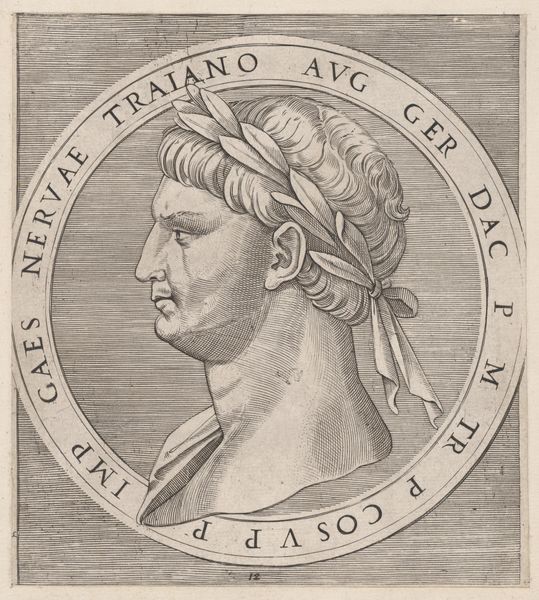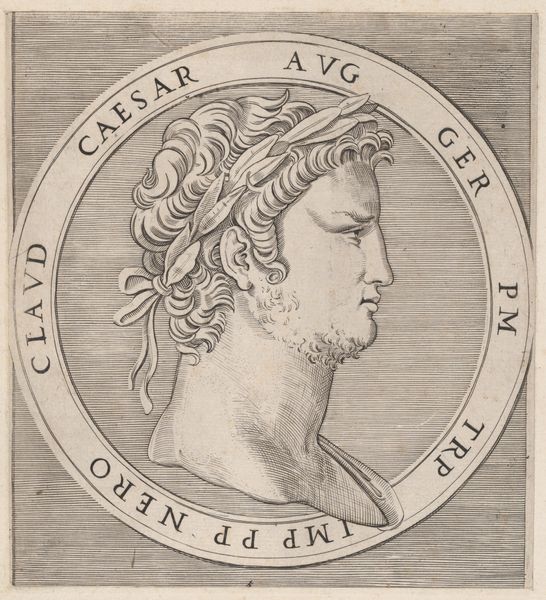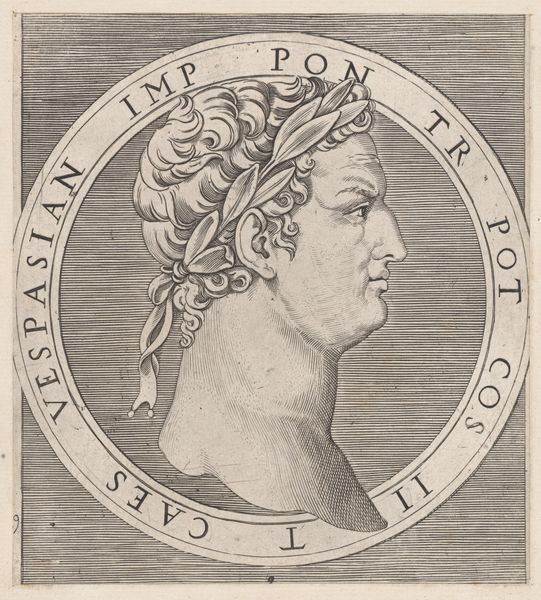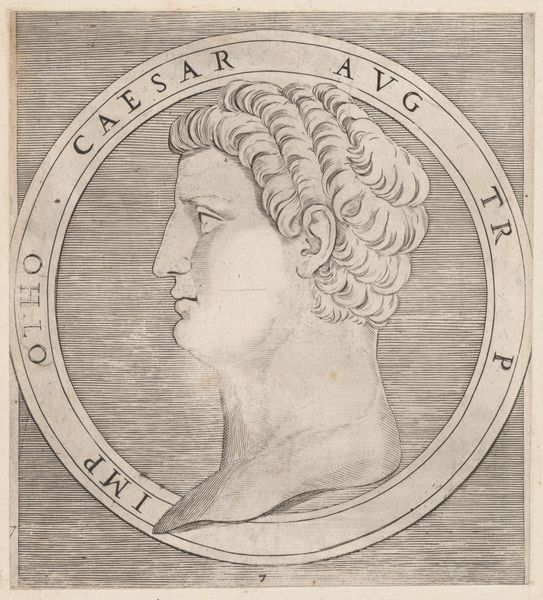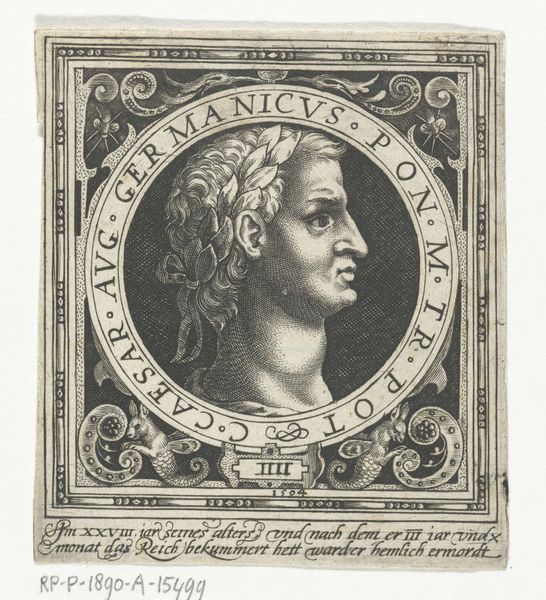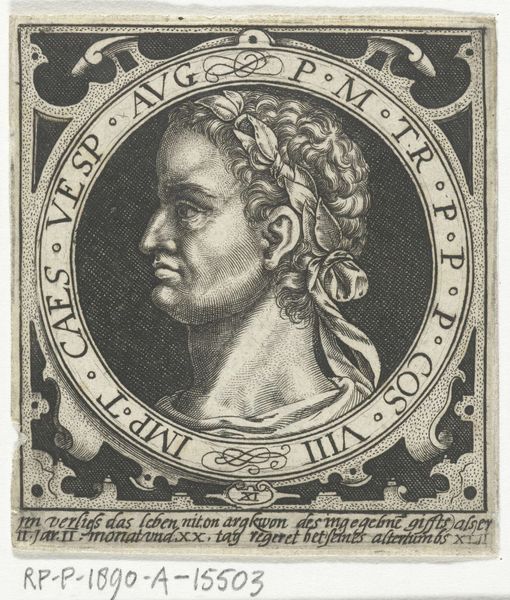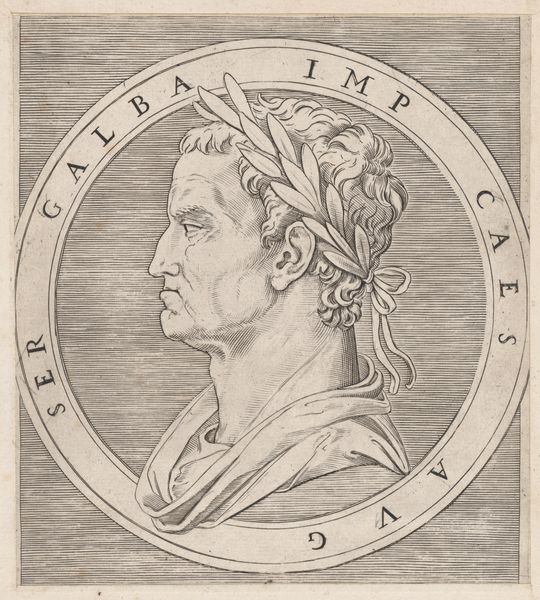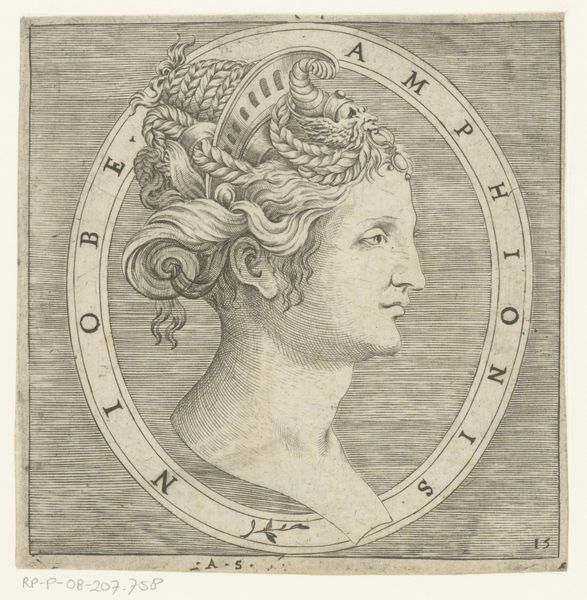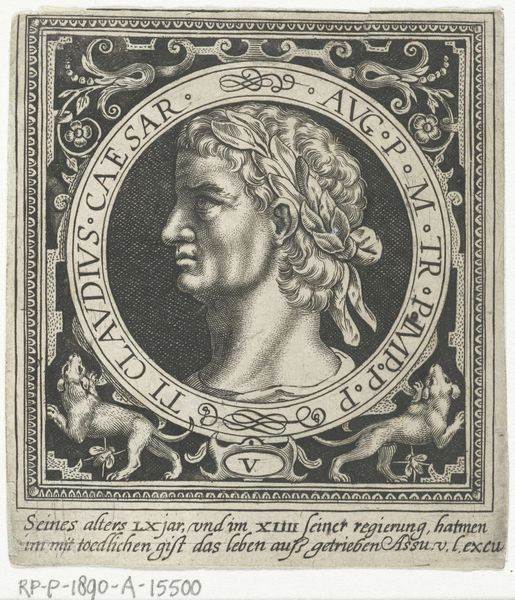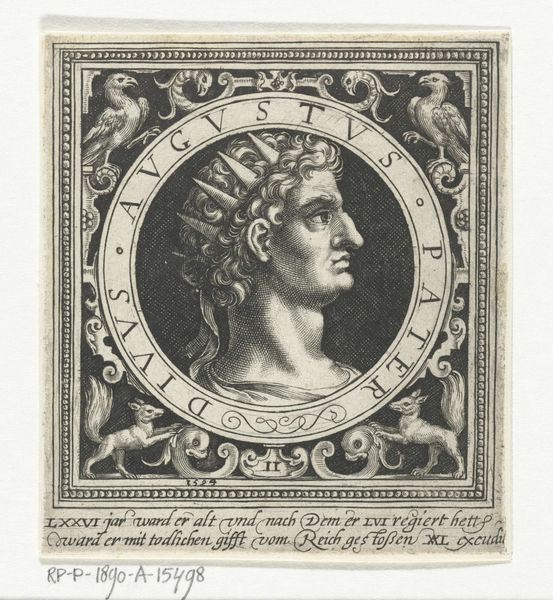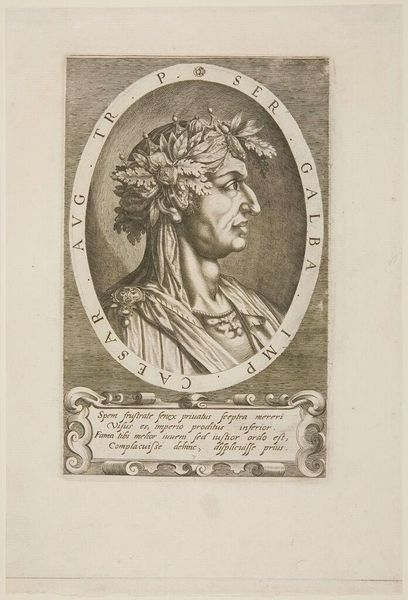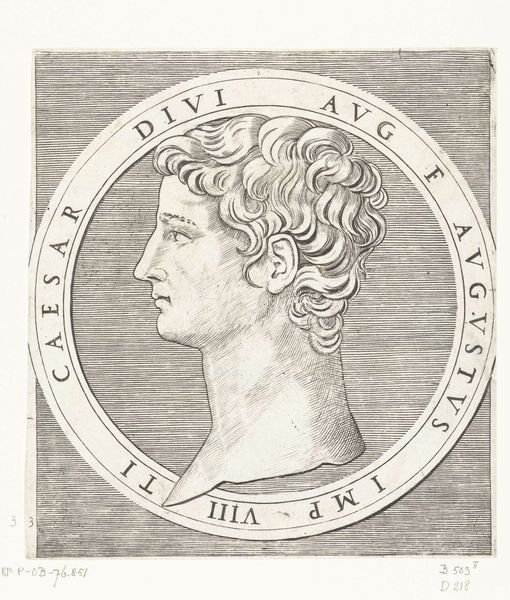
print, engraving
# print
#
11_renaissance
#
history-painting
#
engraving
Copyright: National Gallery of Art: CC0 1.0
Editor: This engraving, "Trajan," was created by Sebald Beham in 1546. I’m struck by how much detail Beham managed to achieve with such a seemingly simple medium. How would you interpret this work? Curator: It’s crucial to examine the production and the materials available at that time. The precision of the engraving process itself speaks volumes. Consider the cultural value placed on the ability to replicate images. What would access to images of Roman emperors like Trajan mean in 16th-century Europe? Editor: It's a Renaissance print, so there's a resurgence of interest in classical antiquity... Perhaps these prints offered wider access to idealized Roman rulers? Curator: Exactly! And let's consider the function of a print like this. Who was consuming these images, and how were they used? Were they circulated amongst scholars, artists, or a wider public? This impacts our understanding of Beham's artistic choices. The level of detail suggests a discerning audience. The very act of creating prints democratized image ownership, disrupting previous patronage systems and shifting the balance of power in artistic production. Editor: So, it is about more than just replicating an image; the printmaking process changed the image’s reception. Thanks, it’s given me a whole new perspective. Curator: Absolutely. Looking closely at the materials and their use encourages us to think about the broader social and economic context in which art is made and consumed.
Comments
No comments
Be the first to comment and join the conversation on the ultimate creative platform.
